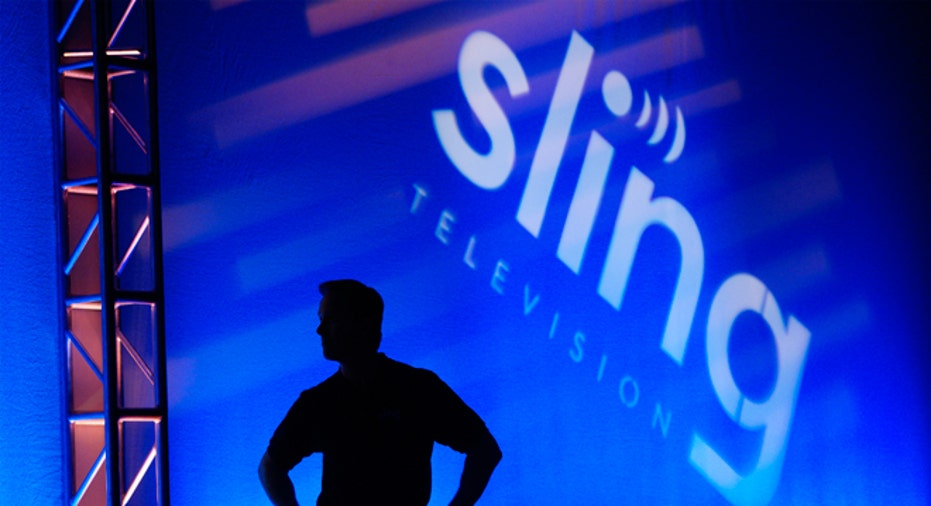Will Sling TV Push More Consumers to Cut the Cable Cord?

Sling TV is the new service being launched by Dish Network (NASDAQ:DISH) that may finally induce a critical mass of people to “cut the cord” of cable systems. Sling TV will allow live streaming of various TV channels for $20 per month on a large number of online devices without the burden of a contract, longer-term commitment, or purchase of new hardware.
Introduced at the 2015 Consumer Electronics Show (CES) with great fanfare, Sling TV is expected to start service during the first quarter of 2015.
Sling TV also offers video-on-demand (VOD) services, but it is the live streaming and the channel line-up that distinguishes Sling from competitors such as Hulu, Netflix (NASDAQ:NFLX), and other streaming services. Sling offers a pared-down lineup of higher-demand channels, including ESPN/ESPN2, TNT/TBS, the Disney Channel (NYSE:DIS), CNN, HGTV, and the Cartoon Network.
Add-on packages with other channels are expected to be available for $5 per package. Sling TV may not be true a la carte, but it appears to be tantalizingly close and represents an improvement over cable/satellite and other package options.
The ESPN channels may be the biggest prizes. The ability to watch live sports, especially with mobile devices, is what keeps many tethered to their existing subscriptions. ESPN does have a few exceptions associated with Sling, namely that it cannot be paused and that NFL games are excluded from smartphones thanks to an exclusive contract with Verizon (NYSE:VZ).
Since Sling is an OTT (over-the-top) Internet TV service that does not require specialized equipment, it faces few hurdles in device compatibility. It should be accessible on PC’s, tablets and smartphones (both iOS and Android-based), Xbox One, Roku TV/Streaming Stick, Amazon Fire TV/Fire TV Stick (NASDAQ:AMZN), and Google Nexus Player (NASDAQ:GOOGL) .
There are a few potential downsides to Sling TV. It does not have DVR capability, nor does it have ad-skipping capability – in fact, there are allegedly plans to do dynamic ad insertion. Viewers who cannot tolerate ads will be disappointed.
Sling TV may also face some challenges as it matures. TheStreet reported at least one analyst saying that Dish has a cap on subscribers to avoid content providers cannibalizing viewers from existing pay-TV outlets (although Dish has not acknowledged this point). It logically should face occasional blackouts during rights negotiations with providers. With no contract holding viewers in place with Sling, the content provider has more leverage in the negotiations for popular channels.
Reviews of Sling TV generated during CES were positive. Michael Desjardin wrote at Reviewed.com that “Sling TV is designed with ease-of-use in mind.” The live-TV interface shares the screen with a list of saved programming for reference. You can watch the program in progress, or start from the beginning of the broadcast.
As with any streaming service, available bandwidth and signal strength are going to be huge factors in your experience. CES represented the best connectivity available; it remains to be seen how well Sling TV works with your home Internet access options. Sling has no real control over that aspect, which leaves it potentially vulnerable to problems that should be attributed to the ISP.
Sling TV appears to provide more appealing and inexpensive options to reluctant cord-cutters, and has generated a lot of positive buzz with the CES announcement.
Is Sling TV in it for the long haul? Long-term success probably depends on maintaining reasonable programming packages that are inexpensive and complementary to other services, as well as not being held hostage (or consumed) by the content providers and ISP’s that the service requires. We are looking forward to trying it out.
More From MoneyTips.com
Cutting the Cable Cord10 Great Tips to Grow Your Personal SavingsFunding That Romantic Dream Vacation



















